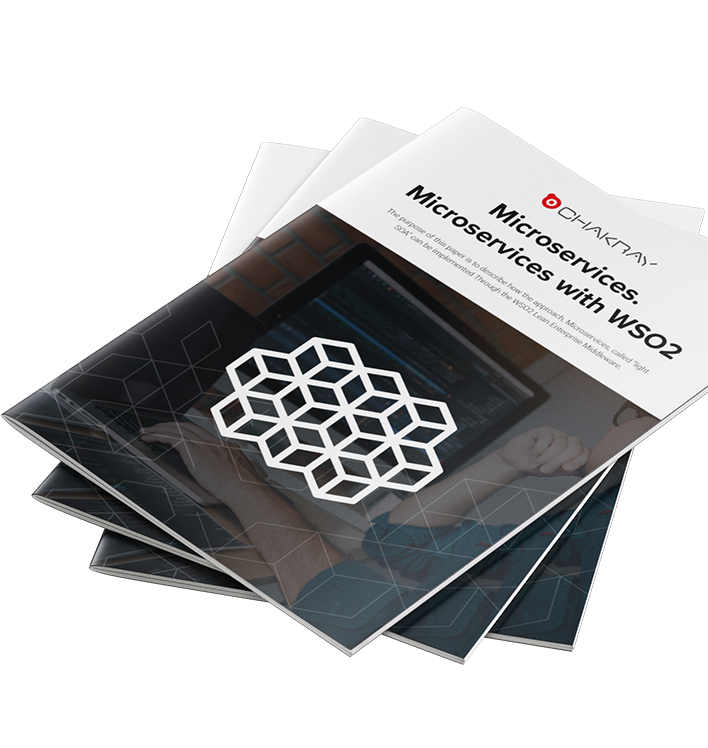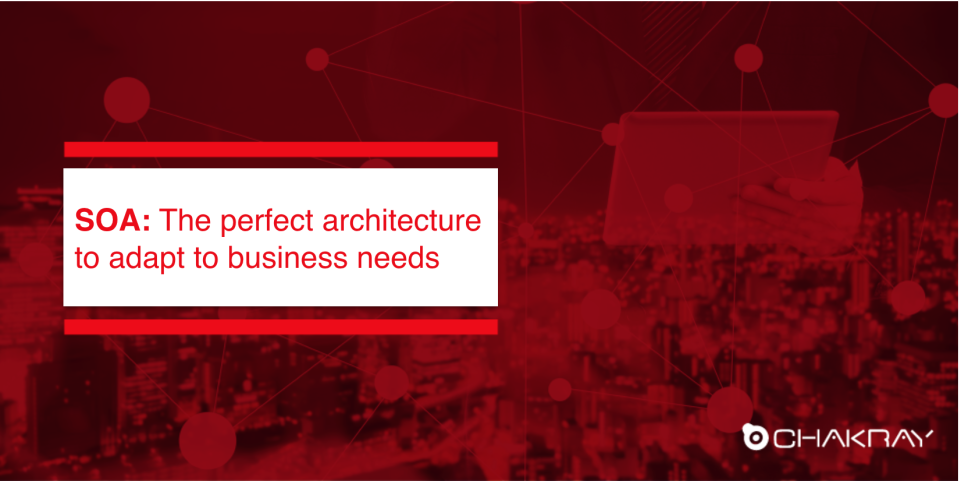Service-oriented architecture (SOA) is gaining popularity with each passing day. Increasingly competitive markets have seen an opportunity to improve their productive processes and services by investing in their IT structures. In many cases, it seems to be the answer to interconnect processes, people and information. SOA becomes an optimal, flexible and adaptable solution for companies, but what do we mean when we refer to this type of architecture, and what benefits does it offer companies?
“When providing effective answers regarding the interconnection of processes, persons and information, SOA implies a flexible, adaptable solution for companies.”
What is SOA?
Service-oriented architecture (SOA) is an application integration design structure that enables business goals to be linked to the IT infrastructure, aligning IT capabilities with the goals of the organization, and providing a technically agile infrastructure to easily and promptly respond to required changes.
SOA offers flexibility by providing infrastructure automation and necessary tools, thereby achieving a reduction in integration costs, as well as their quick and effective coordination.
“The significance of SOA architecture is that it enables the company’s IT structures to align to business goals.”
-SOA: The perfect architecture to adapt to business needs-
What benefits does SOA hold for my company?
The importance of the SOA architecture is that it offers the ability to transform technologies into true business enablers, an undoubtedly fundamental aspect for companies aiming to achieve success in an increasingly competitive market.
- SOA architecture allows technology and business areas to get aligned and grow closer
- SOA enables the development of applications that are easier to handle and more secure, since it provides a common infrastructure and documentation to develop services, with the opportunity to add new features.
- Thanks to SOA, it is possible to minimise data loss, since it offers security and high availability.
- SOA architecture allows for a faster application development, in a more cost-effective manner, thanks to the flexible integration of all data.
- SOA helps organizations improve their agility and flexibility
WSO2 as a SOA Open Source platform
Another key aspect when implementing SOA is to be aware of the 100% open source solutions we can choose from, such as those provided by WSO2.
WSO2 is a company that develops open source software applications focused on providing a service-oriented architecture for professional developers. Among its main products we can find ESB (Enterprise Service Bus), a key component for service-oriented architecture.
ESB (Enterprise Service Bus) is only one of WSO2’s products; there are other complementary products such as Identity Servers or Message Broker –products that are part of a long list of WSO2 offerings.
“WSO2 makes all of its products available for download and installation without any restriction whatsoever.”
WSO2 comes on top when compared to the many open source alternatives available for service-oriented architectures. The choice of WSO2 products when implementing a SOA architecture should be based on the needs to be addressed. It is for this reason that it is paramount to perform tests that ensure that the products selected meet expectations. And with this purpose, WSO2 makes all of its products available for download, installation and modification without any restriction whatsoever.
-Do you need more information about WSO2? Get into here-
WSO2 provides all that is necessary for building this type of architecture; however, one should have the support of professionals to guide and evaluate the steps towards a final goal during development, testing and deployment phases.
Starting a service-oriented architecture through the use of open-source products offered by WSO2 is feasible; still, the road should not be traversed alone –having professional assistance to monitor parameters will be key to implementing a WSO2-based service-oriented architecture that is efficient.





